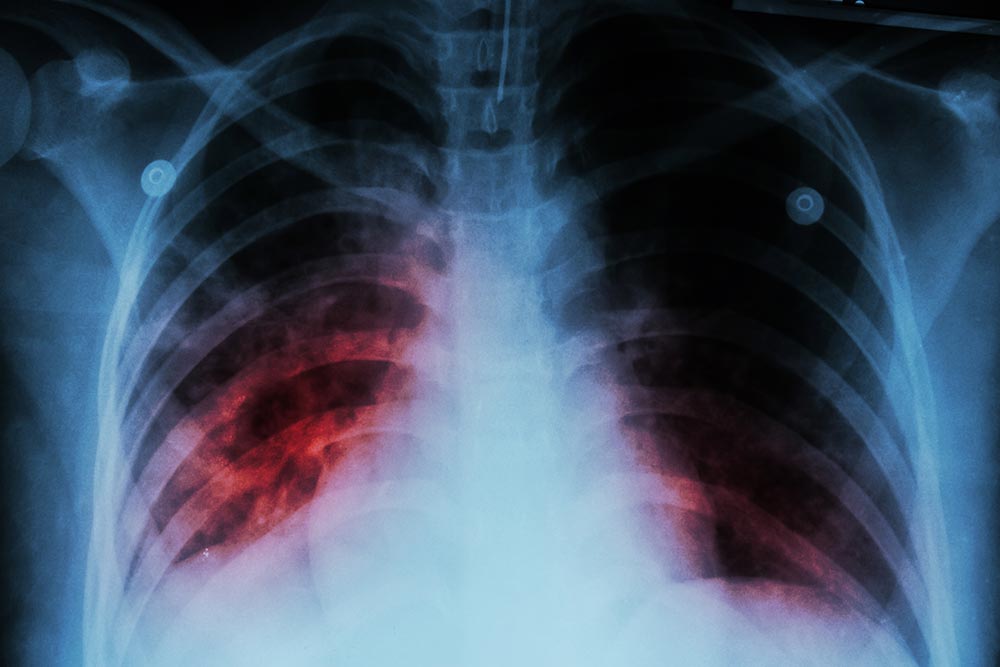Creating Awareness of World TB Day

On World Tuberculosis (TB) Day, we are highlighting the importance of early detection and treatment of this infectious disease to help eliminate its spread around the world, as numbers still remain high.
Despite being preventable and curable, TB remains the world’s deadliest infectious disease.
Western Australia TB Control Program (WATBCP) Medical Director Dr Alison Keed said there were 231 reported cases of TB disease in WA last year, a 43 per cent increase from 2023.
While Australia has a low incidence of TB, cases continue to rise and predominantly affects people born overseas in marginalised and vulnerable groups, with 10.8 million cases reported by the World Health Organisation in 2023.
“The WATBCP is committed to providing the best possible care to people affected by TB,” Alison said.
“We work collaboratively with infectious disease specialists and a range of stakeholders including PathWest, WA Country Health Service, pathology and radiology services to provide care for patients at risk and those who have developed TB disease.
“There have been several developments in the diagnostic and therapeutic aspects of TB, including rapid PCR testing, whole genome sequencing and availability of new drugs, particularly to treat the emerging threat of drug-resistant strains.”
TB is a bacterial infection spread through the air and primarily affects the lungs, and less frequently the brain, bones, kidneys and lymph nodes.
Approximately 10 per cent of people who are infected with the TB bacteria will become unwell with TB disease. TB infection and TB disease can be treated with antibiotics, with treatment ranging three to 12 months.

